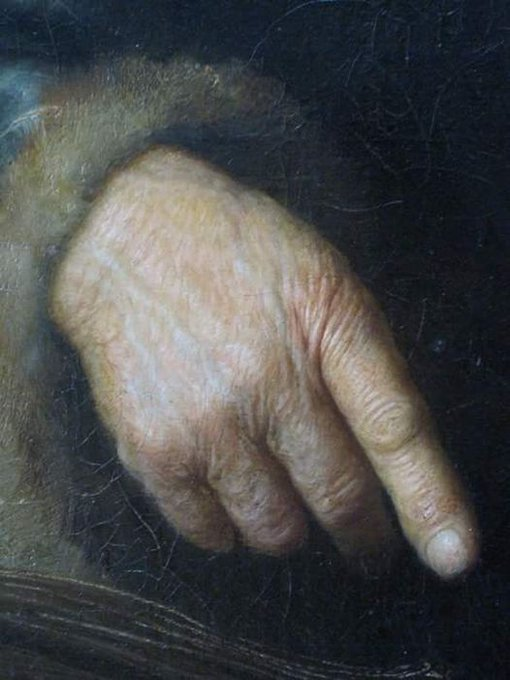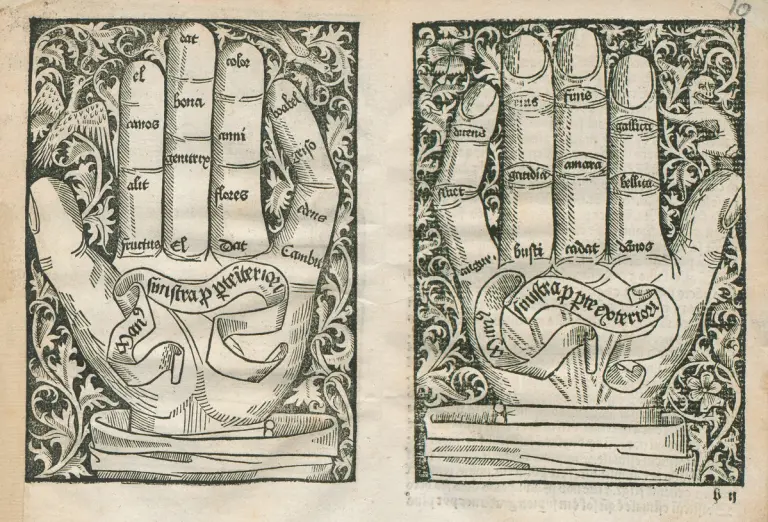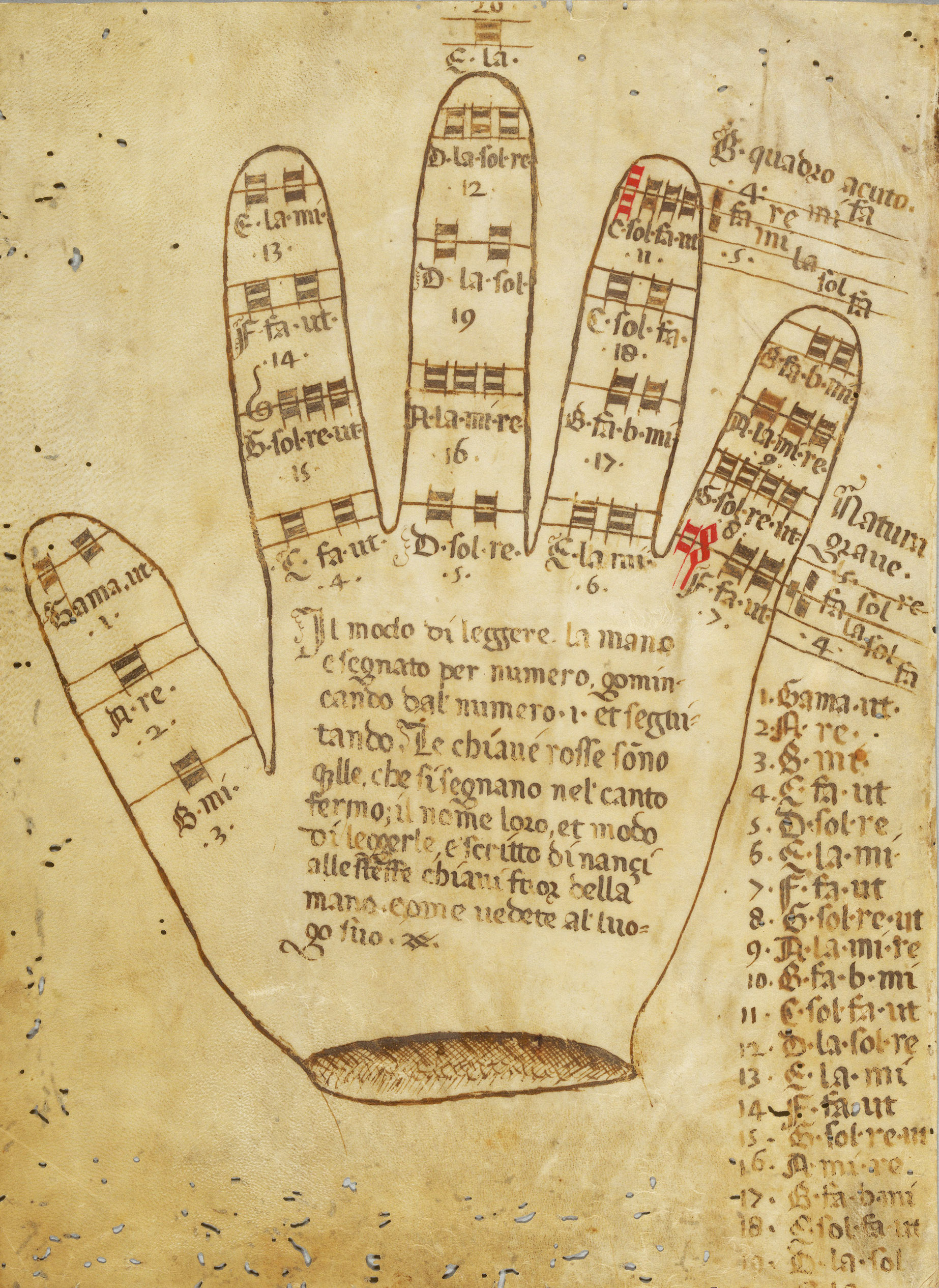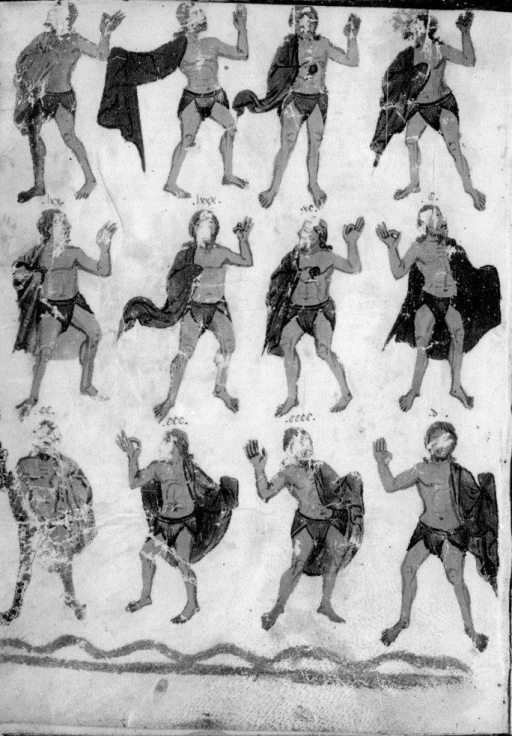created, $=dv.current().file.ctime & modified, =this.modified
tags:handsy2024aggregator
rel: Manicule, Body in Books and Analysis of Love
Most Aesthetic Hands, Ikebana
Look at your hands and pose them in the most aesthetic way, or exemplifying different emotions. What is the most aesthetically pleasing pose of hands for you? (similar to picking your most favored periodic three body problem solutions). Rotate your hand and use your eyes like a camera, don’t just vary your hand shapes.
Your twiggy fingers also remind me of Ikebana. Similar to this exercise (if the values here are the values you find in your most pleasing arrangement.) Ikebana comes from the combination of ikeru ‘have life, be living’ and hana “flower” - “giving life to flowers”. Ikebana isn’t just the flowers, it also emphasizes the branches with the shape, lines and form.
Hanakotoba, or the “language of flowers” wherein plants are given special coded meanings based on the color of flowers, the presence of thorns, arrangements of flowers themselves etc. This can also tangentially connect to sign language, where the hands make up a coded system.
Knowing your own hands
If my hands were disconnected, or I was looking at my hands in a lineup of different hands would I know my hands? These are a part of my body that I see every day, even as a I type this. If they were swapped, subtly, would I know? This is a part of me, almost indelibly so. Similarly the whorls on my fingertips. This is my mark, this is part of me since birth and yet I would have no clue which are mine.
It seems scientists have studied this https://www.ncbi.nlm.nih.gov/pmc/articles/PMC9458563/ No self-advantage in recognizing photographs of one’s own hand: experimental and meta-analytic evidence https://www.ncbi.nlm.nih.gov/pmc/articles/PMC7664891/ Recognizing your hand and that of your lover
In reading Nadja - Andre Breton, stumbled upon this relevant excerpt
… she had known a student who she may have loved and who had loved her. One fine day she decided to leave him when he least expected it “for fear of getting in his way.” This is when she came to Paris, writing to him at increasingly long intervals without ever giving her address. Nearly a year later, however, she ran into him in Paris itself and both of them were extremely surprised. Even as he took her hands he could not help telling her how changed he found her, and then, still holding these hands, he was surprised to see how well manicured they were (though they are not at all so now.) Then she too had mechanically looked at one of the hands holding hers and had not been able to restrain the exclamation upon noticing that the last two fingers were joined together. “But you’ve hurt yourself!” The young man was obliged to show his other hand which revealed the same deformity. She questions me about this for some time and with great feeling “Is such a thing possible? To live so long with someone, to have every possible chance to observe him, to enjoy discovering his slightest physical and other peculiarities, and to end by knowing him so badly that you haven’t ever noticed that You think: you think love can do such things? And he was angry, naturally, the only thing I could do was stop talking, those hands…”
Kitsune no Mado (Fox Window)
Japanese mythic tradition where you bend your fingers in such a way that they form a window. This eliminates any type of magic and will result in a clear view, which will allow you to detect a fox in disguise of a human.


Dance of the thousand-hand Guanyin
Synchronizeddance. In my reading it appears the Chinese tradition was performed by deaf girls.
Hand Gestures in Paintings
Secret Hand Gestures in Paintings
During the Renaissance period, hands were as important a focus of attention as the face was, because they were the only other visible area of the body. Hence, representation of the position of the hands became a decorative element that was almost as important as the face. Thus, given its high visibility, hand gestures in portraits and paintings have been one of the most effective ways of conveying secrets, codes and messages
One example
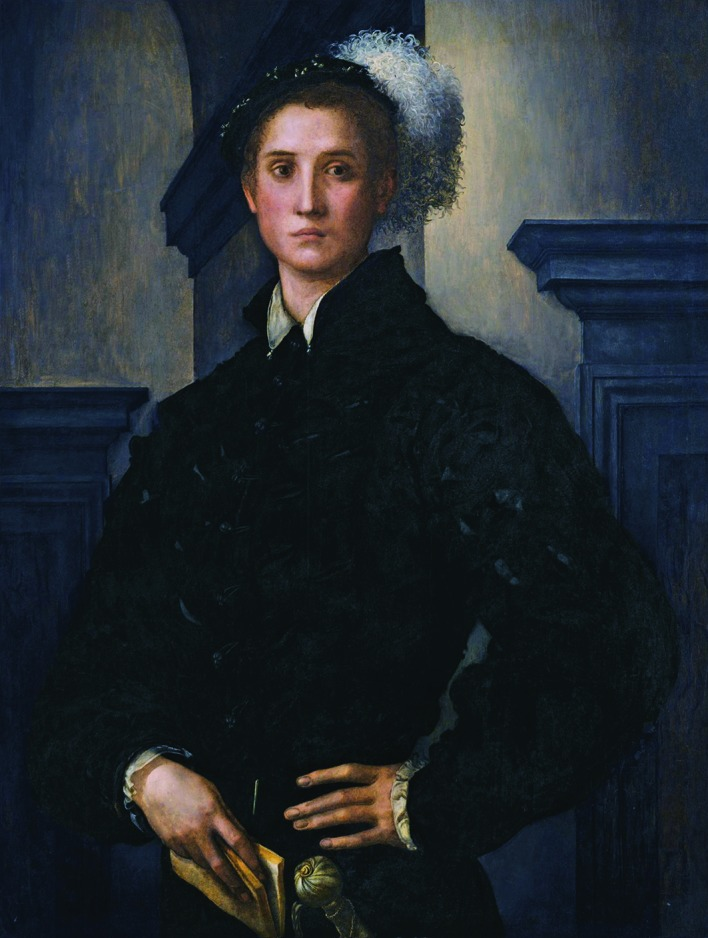
The present retrospective investigation tried to shed light on the reasons why a peculiar hand gesture resembling syndactyly was depicted in hundreds of paintings by various artists, including the great masters, such as Titian, Bronzino, El Greco, Parmigianino, François Clouet, Hans Memling, Anton Raphael Mengs and Luis el Divino Morales, who adopted this sign in dozens of portraits produced by them
This living hand, now warm and capable This living hand, now warm and capable Of earnest grasping, would, if it were cold And in the icy silence of the tomb, So haunt thy days and chill thy dreaming nights That thou would wish thine own heart dry of blood So in my veins red life might stream again, And thou be conscience-calmed - see there it is - I hold it towards you
- John Keats
The selfie
Anirban Baishya says:
The self produced by a selfie and a traditional self portrait are not the same. The connection of the hand to to the cell phone at the moment of recording makes the selfie a sort of externalized inward look, and the point of view of the selfie is not necessarily the external gaze of the painter’s eye as he steps out of his body to see and render his own form, but that of a hand that has been extended the power of sight. Thus, in a strange way, the so-called amateur’s look of the selfie also becomes an index of the real - the point of view of the selfie seems authentic because it is the human body looking at itself.
Smoke
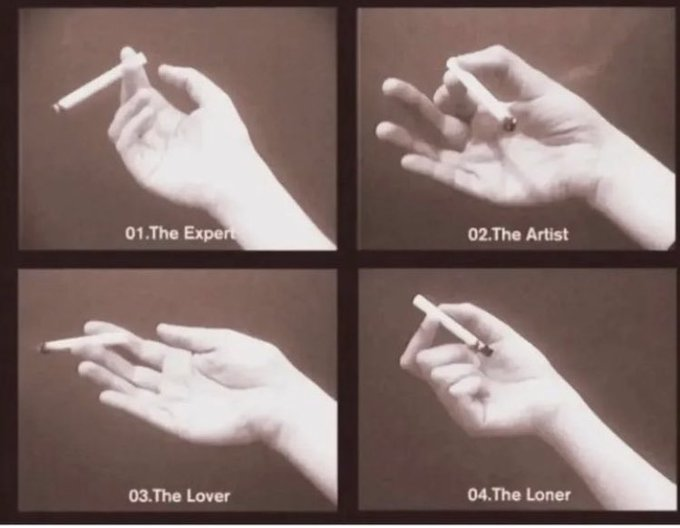
Pinkies out
What about the tradition of putting your pinky out while drinking tea?
Is it good or bad etiquette? What was the origin?
We also pinkie swear, or pinky promise by locking pinkies between the allied. (realize I am spelling pinky different each time based on my own internal calculus)
Pinky swearing has origins in Japan from 1600 to 1803, where it is called yubikiri (指切り, “finger cut-off”) and often additionally confirmed with the vow “Pinky swear, whoever lies will be made to swallow a thousand needles.”
Alemande
Earlier in this year or the last year I was looking at this Contradance event at a local village restoration. I had this fantasy of perfecting my bow, and dancing with someone. I studied all of the forms of bowing, with regard to historical accuracy.dance
But I learned of this dance and specifically a move in contradancing, called the Allemande. I naively thought nominally it meant something with the hand, but the origin is German for dance.
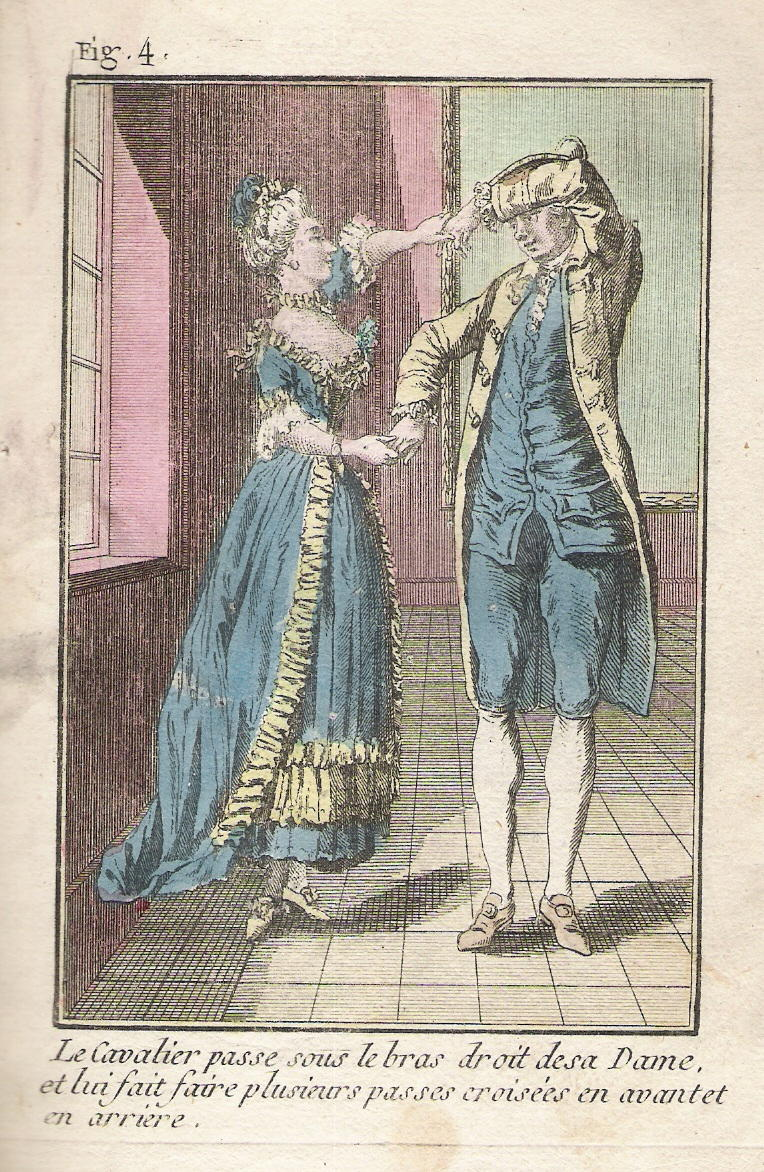
In an allemande, couples hold one forearm and turn around each other to the left or right.

Holding Hands
People in love will often hold hands.
Human hands are also a generally a way to link human beings.
The chains can involve thousands of people, with the world record being claimed in 2020 by Bihar, India, which was estimated to include 51.7 million people across 18,000 kilometres (11,000 mi), to support the government’s efforts towards environment conservation and eradication of social evils.
Rembrandt
The Young Scholar and his Tutor
Finger Names
- Thumb - from older word meaning “stout” or “thick”
- also Kurdish, “ram finger” (we see the fingers as animate beings)
- Index - index meaning “to show”
- Middle - in Latin digitus impudicus or obscenus—that is, the shameless or lewd finger.
- Ring - modern ring wearing practice. According to medieval belief, a nerve or artery ran from this finger to the heart.
- also called “the nameless finger”
- Pinky - not to do with the color but “the little finger” partly from Dutch
Hectachieres
The Greeks also feared the Hecatoncheires, or “hundred handed.” These were gigantic ogres with fifty heads and one hundred arms, each of great strength. rel:Monsters - Evil Beings, Mythical Beasts and All Manner of Imaginary Terrors by Gilmore
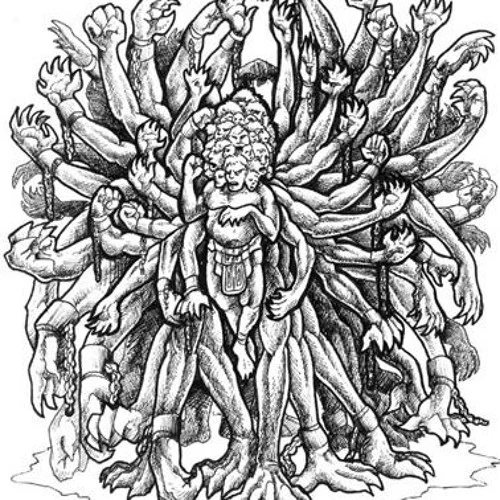
Joan Miro Surrealistic objects

Solfège hand signs
rel:Transmutation and Transformation
Solfège syllables have been around for about a thousand years, but the solfège hand signs are relatively new. They were invented by Reverend John Curwen, who lived in England in the mid 1800’s. He wanted to develop a better way to teach singing and sight reading, so he simplified the existing solfège system and created hand signs to make it easier to remember the relationships between the tones of the scale.
Lord Byron’s Ring
I encountered this ring in the Morgan.
A tripartite friendship or lover’s ring, with clasped hands interlacing on the outer rings and paired hearts on the central ring which is inscribed. When worn, the ring conceals the inscription, and the hearts are invisible beneath the clasped hands.
It looks liked this and wearing it concealed a message or a heart.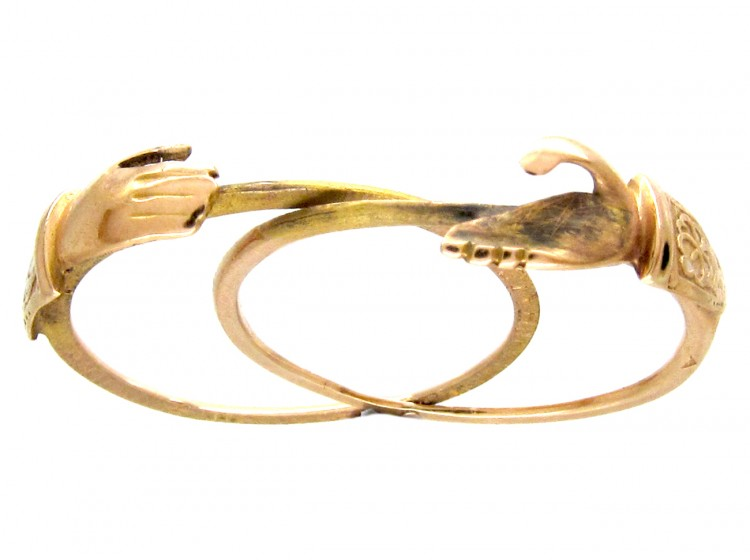
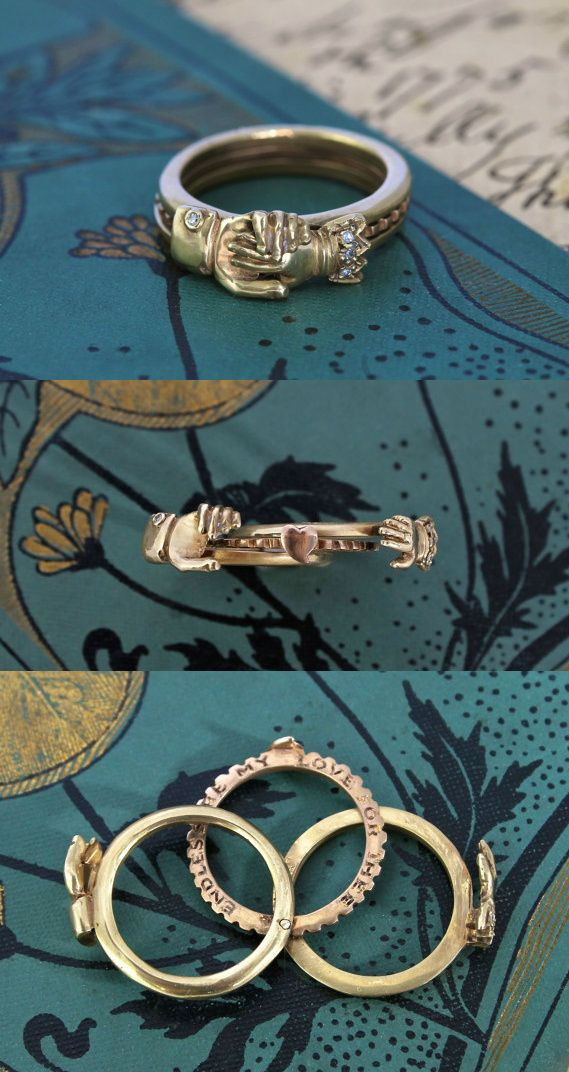
Hand Mnemonics
We still count with hand tallies and in a pinch people will write notes on their hands.
Thought
On day trip to CT in January 2025, encountered these in the museum and wrote them down.
Mnemonic system to remember Dutch history by means of ten fingers and 28 time periods. Two hands, each of the ten fingers containing the names of the rulers of the Netherlands. On the left hand the most important events in Dutch history from 54 BC to 1581, on the right hand from 1584 to 1815. With explanation and signature of the inventor of the system: H. Somerhausen.
Compotus cum Commento (1492)
Computus Manulis
The hand was used to depict a twenty note scale.

Bede and the Date of Easter
Bede developed computus digitorum to find the Date of Easter - Computus Paschalis and “readily hold the the cycles of both planets.”

To find the date of Easter — which falls after the Northern Hemisphere’s spring equinox, on the Sunday immediately following the first full moon — one needs to reckon with planetary rhythms, which Bede mapped across his hands. The five fingers, he observed, contain fourteen joints, plus five nails — nineteen landmarks in all. This number tracks the metonic cycle: how many years it takes for the moon to return to the same phase on the same calendrical day. The joints of both hands taken together, minus the nails, gives you twenty-eight landmarks: the approximate length in years of a full solar cycle. In this way, Bede noted, the hands can “readily hold the cycles of both planets”.
A 1466 woodcut from Germany, titled The Hand as the Mirror of Salvation, assigns a different spiritual stage to each finger: God’s will to the thumb; examination to the index; repentance goes on the middle; confession is pinned to the ring; and the pinkie gets satisfaction.
As early as the thirteenth century, Chinese scholars were projecting syllable charts — often called “rime tables” — onto the palms and fingers. A version from the 1600s maps thirty-two key sounds across the fingers, sixteen to each hand.
Long and Short months from Jehan Tabourot.
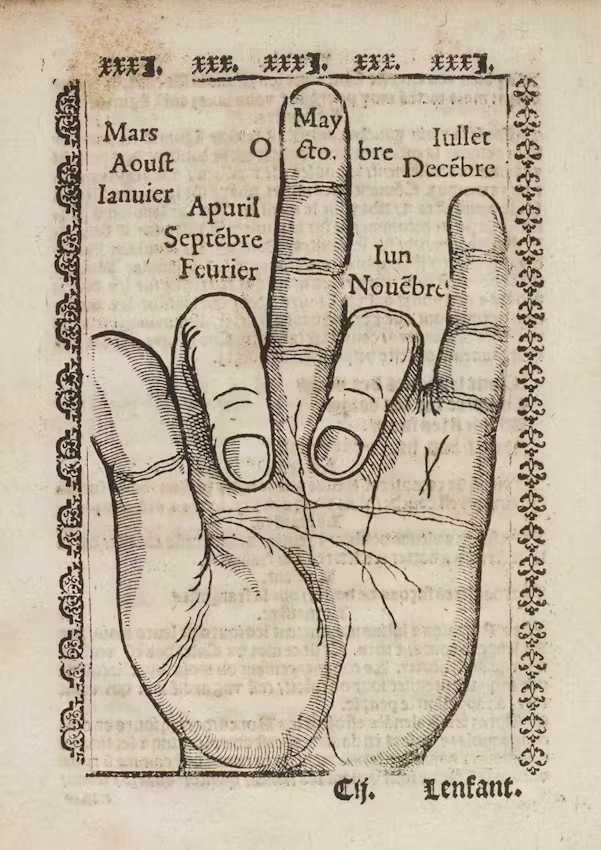
Guidonian Hand

The Guidonian hand was a mnemonic device used to assist singers in learning to sight-sing.
Camus at the Void
In Yves Klein’s exhibition of the Le Vide (the void) Camus signed the gallery’s visitor book with ‘avec le vide, les pleins pouvoirs’ (‘with the void, a free hand/full powers’).
Piano Playing
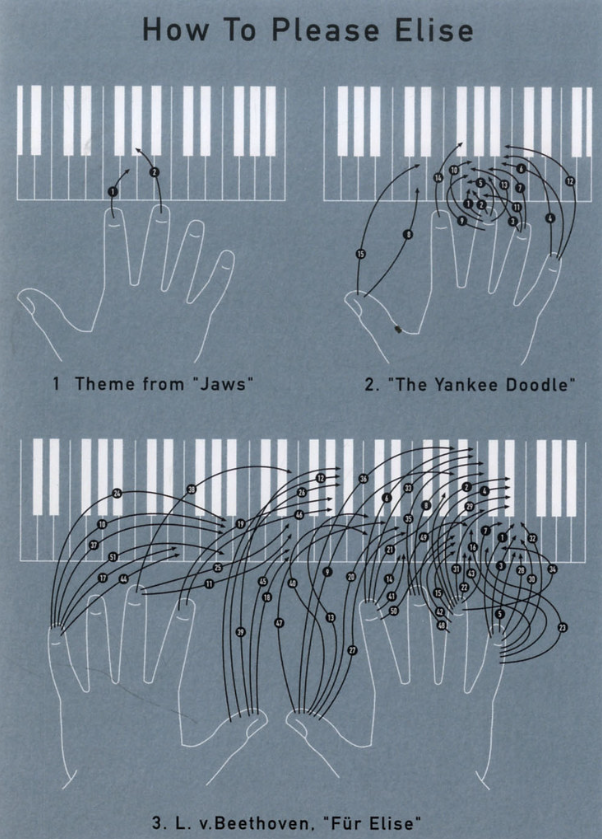
Phillip Glass in Four American Composers:
Funny things will happen, like for example Michael recently plays opposite of me. If he grabs two pages (of composition) instead of one, turns the page and bingo a few seconds later he’s two minutes later into he piece and it’s just chaos. What we do as a rule is we all have to follow someone and as Michael’s left hand is the most dominant rhythmic device of the music, we follow his left hand.
I’m the center of the time, being the player of the left hand base. Keep it all together really.
Sansukumi-ken
Sansukumi-ken is a series of East Asian hand games played using three hand gestures. A surviving game is rock-paper-scissors.
 slug, frog and snake
slug, frog and snake
Rock paper scissors is one of the few sansukumi-ken games still played in modern Japan. It is uncertain why rock paper scissors managed to surpass the popularity of all other sansukumi-ken games. Linhart believes that the global success of rock paper scissors comes from the universal appeal of its simplicity. Unlike other sansukumi-ken games, rock paper scissors could be easily understood by any audience.
Dance Notation
rel:Dance Notation, Orchésographie Pina Bausch’s Dance Theater - Critical Dance Studies
The various dance notation types have symbols for indicating hand movements.

Bird Feeding
Accomplished Guitarist Ewan Dobson took upon the practice of hand bird feeding. Through building trust, and understanding of the wildlife, along with some seed or suet, he’s collected videos of himself feeding them. It has become a project to experience as many species wild birds resting on the hand as he can.

Emojis and Rejected Proposals
I realize there are a ton of hands emojis.
While reading about The Singular Ok I was trying to find emoji representations of OK. We have 🆗👌and others.
There’s a site that collects rejected Unicode proposals, and there is a subsection for hand signs that were rejected.

14th Century Italy Hand Signs
rel:On HandsHand gestures were used to denote numbers. We see them here with figures. In the middle row the indicating hand is switched, as left hands were used to indicate 1-99, and right the others There was an indication for 1 million – the hands clasped together with the fingers interlaced.
Link to original
Aten
The Egyptian God Aten is portrayed as the sun disc with rays extending, terminating with hands.

The Creation of Adam
 Regarding Cloud of Unknowing, some scholar believe the small gap of ¾ inch in the painting The Creation of Adam by Michelangelo represents the unattainability of divine perfection by man – Apopohatic Theology.
Regarding Cloud of Unknowing, some scholar believe the small gap of ¾ inch in the painting The Creation of Adam by Michelangelo represents the unattainability of divine perfection by man – Apopohatic Theology.
Hand in Marriage
Handfasting is a symbolic unity ritual, often seen in wedding ceremonies, where a couple’s hands are tied together with a cord or ribbon.
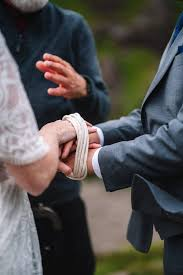
The term has entered the English-speaking mainstream from neopagan wedding ceremonies, as a blessed marriage rite where both lovers hands tie the knot.
The term was appropriated from handfasting as a fast pledge by the shaking or joining of hands, as used with an unofficiated wedding, a betrothal, or a temporary wedding.
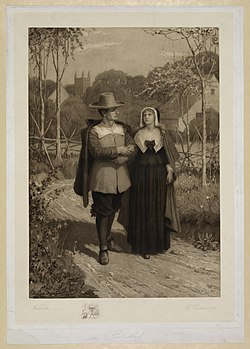
There does seem to be a fixation on the hand in marriage.
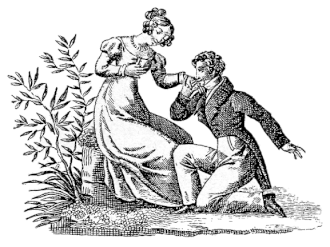
Handshakes
Freemasons have various recognition signs such as hand gestures or grips (token handshakes) to identify legitimate members.
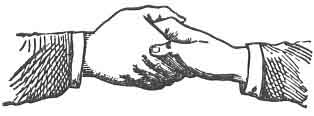 The Roman mystery religion Mithraism were initiated by a handshake, and the members were known as synxdexioi (united by the handshake.)
The Roman mystery religion Mithraism were initiated by a handshake, and the members were known as synxdexioi (united by the handshake.)
